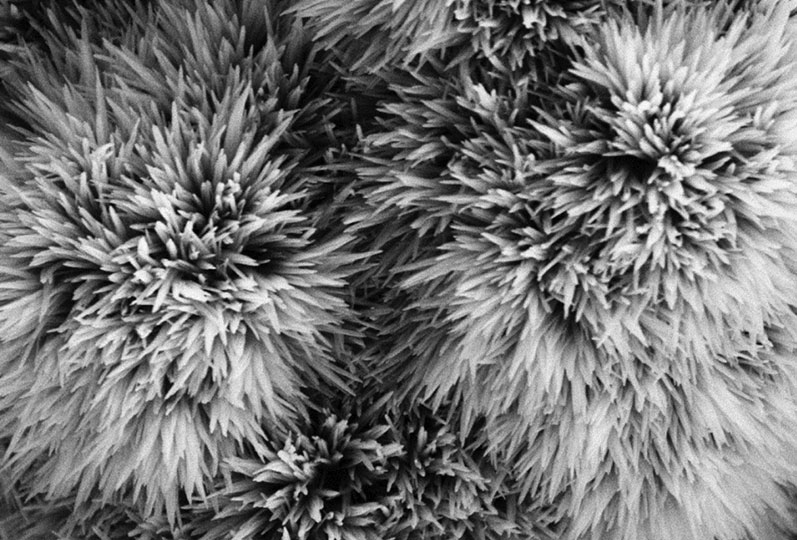
An interdisciplinary team has unraveled how functional biomaterials rely upon an interfacial protein layer to transmit signals to living cells concerning their adhesion, proliferation, and overall development. According to an article published in Scientific Reports, the nanoscale features and properties of an underlying substrate do not impact the biological response of cells directly. However, these properties indirectly influence cell behavior through their control over adsorbed proteins.
According to lead researcher Himanshu Jain, the T.L. Diamond Distinguished Chair in Engineering and Applied Science and Professor of Materials Science and Engineering at Lehigh, who also serves as director of Lehigh's Institute for Functional Materials and Devices (I-FMD), this work showed directly and unambiguously for the first time how some specific nanoscale features of the substrate can impact the secondary molecular structure of the proteinated interface that in turn affects the response of the cells that are thousands of times larger.
Learn more about this biomaterials research breakthrough in "Unlocking the mystery of the bio/nano interface" from Lehigh's Resolve magazine, Volume 2, 2021.
